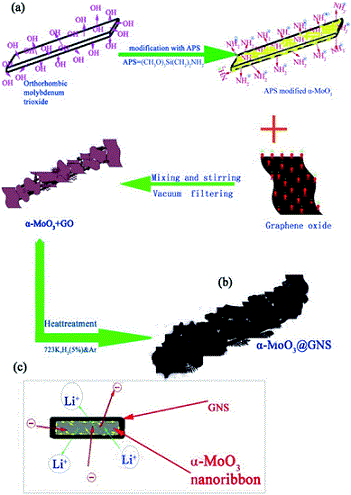We are delighted to announce two new CrystEngComm themed issues to be published in 2015:
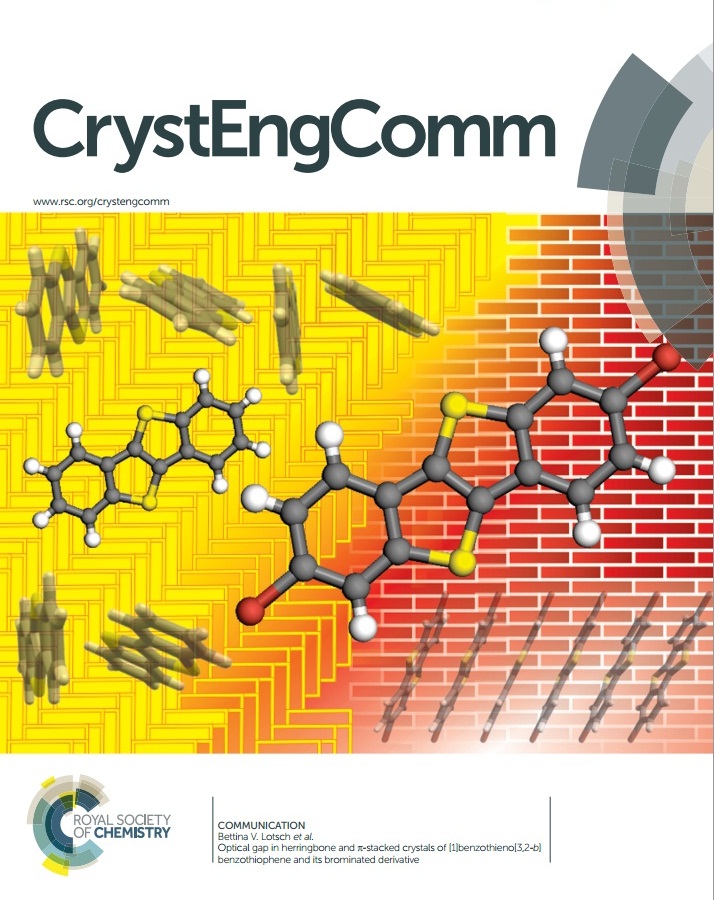
Supramolecular Gels in Crystal Engineering
Guest Editors: Professor Stuart James (Queen’s University Belfast), Dr Gareth Lloyd (Heriot Watt University) and Professor Jianyong Zhang (Sun Yat-Sen University)
Deadline: 1st May 2015
Single-Crystal-to-Single-Crystal Transformations
Guest Editors: Professors Parimal K. Bharadwaj (Indian Institute of Technology, Kanpur) and Panče Naumov (New York University Abu Dhabi)
Deadline: 3rd June 2015
Does your research fit into any of these subject areas? If so, we would welcome your contribution. For further details on issue scopes and on how to submit, see below:
How to submit
All types of manuscript – communications, full papers and Highlights, will be considered for publication. The manuscript should be prepared according to our article guidelines and submitted via our online system.
All manuscripts will be subject to normal peer review and inclusion in the themed issue will be at the discretion of the Guest Editors. Please indicate in your submission which themed issue you would like to be considered for.
Issue scopes
Supramolecular Gels in Crystal Engineering
This issue will focus on the study and usage of supramolecular gels from a crystal engineering standpoint. We define a supramolecular gel to be a gel made from discrete molecular species (well-defined in terms of molecular weight) and in which the primary interactions can be defined as being supramolecular in nature, including metal coordination.
Single-Crystal-to-Single-Crystal Transformations
This issue will focus on processes where the long-range structures of single crystals are retained. This includes, but is not restricted to: photochemical reactions, solid-solid reactions, solid-gas reactions and phase transitions.
Research relating to the effect of structural properties – including molecular and supramolecular structure, size effects and others – on the conservation of long-range order from the macroscale to the nanoscale, is also within the focus, as are discussions on systems where long range order is lost. The contributions will span a broad range of subjects across chemistry, materials science, and physics.
Are you interested in contributing? Contact us for further details











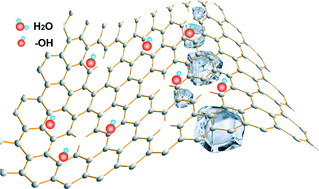
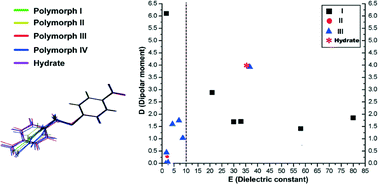

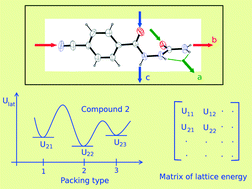
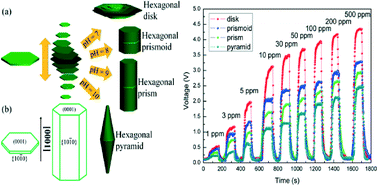
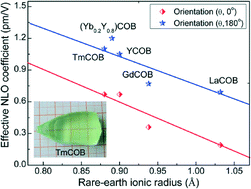
 Gwenda Kyd has a PhD in metallocarborane chemistry from the University of Edinburgh. Other research work includes the spectroscopic study of the structure of glasses and organometallic electron-transfer reactions and the preparation of new inorganic phosphors. She has recently published a book on chemicals from plants.
Gwenda Kyd has a PhD in metallocarborane chemistry from the University of Edinburgh. Other research work includes the spectroscopic study of the structure of glasses and organometallic electron-transfer reactions and the preparation of new inorganic phosphors. She has recently published a book on chemicals from plants.